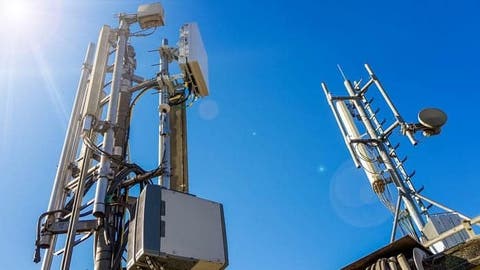The development of 5G network has been on for about three years. China has been at the forefront of 5G development and the country also has a good number of 5G base stations. On June 6, 2019, the Ministry of Industry and Information Technology issued 5G commercial licenses to China Telecom, China Mobile, China Unicom, and China Radio and Television. On October 31 of the same year, the three major operators announced 5G commercial packages and officially launched 5G commercial use on November 1. The package marks China’s official entry into the 5G commercial era.
Since the issuance of 5G licenses, China’s 5G commercial use has entered a stage of steady development. Recently, the Ministry of Industry and Information Technology stated that a total of 1.968 million 5G base stations have been built and opened in China. Furthermore, it reveals that the high-quality external network of the industrial Internet covers more than 300 cities across the country. The construction of the central system is progressing steadily.
5G base stations shorten the communication distance
According to experts, the intensive construction of 5G base stations shortens the communication distance. In addition, it also reduces the corresponding transmission power. This simply suggests that the more the 5G base stations, the lesser the radiation that we expect.
The horizontal direction is the main emission direction of the electromagnetic waves for 5G base station communication. When two base stations are far apart, there is a need for stronger transmission to keep the signal stable. However, when the base stations are closer, the transmission needed for a stable connection is lower.
The currently constructed base stations must meet the national standard in terms of transmission frequency, that is, less than 40 microwatts/square centimeter. More intuitively, the radiation amount of the hair dryer is about 100 microwatts/square centimeter. Thus, there is really no need to worry about the base station radiation.
